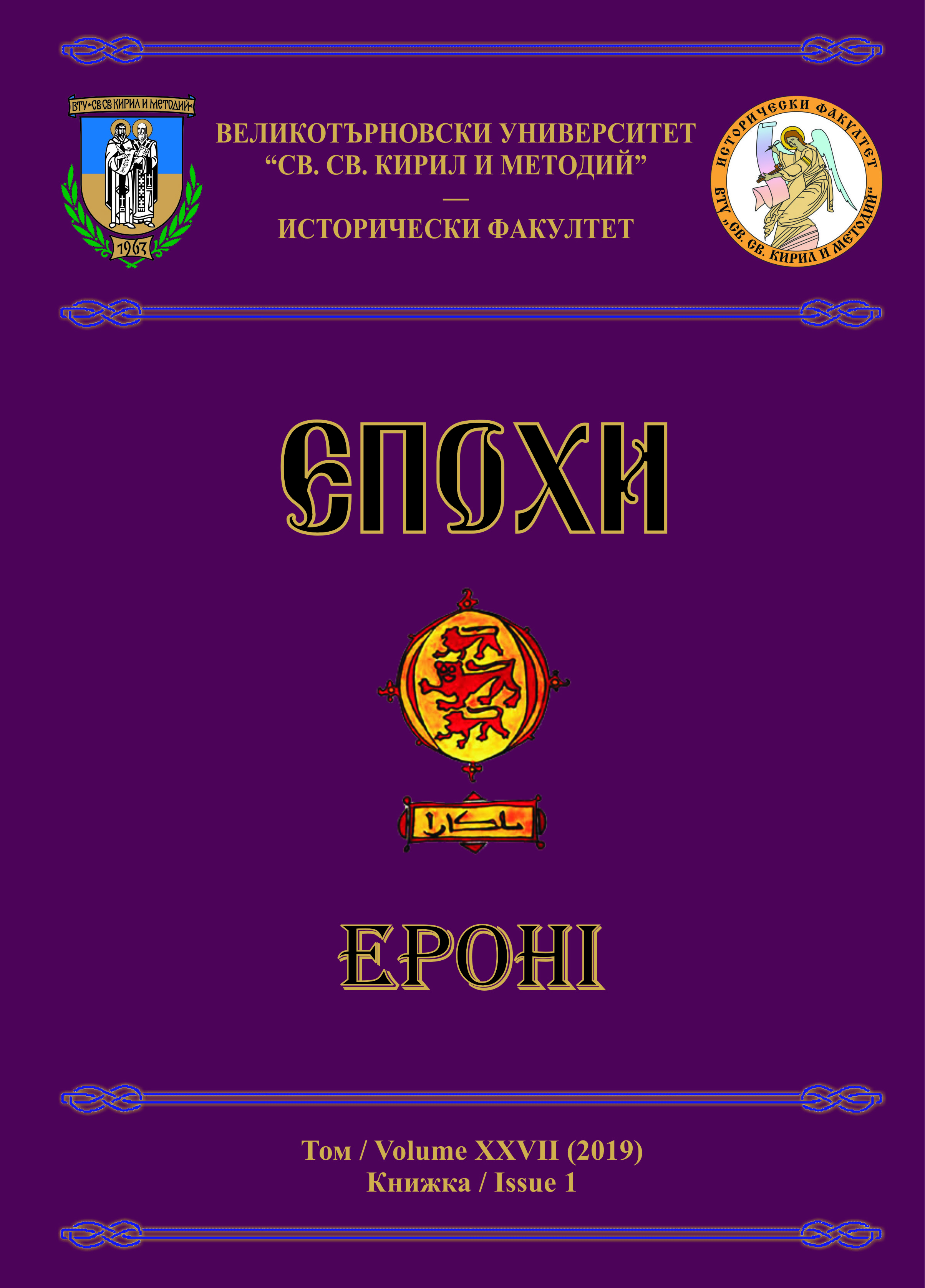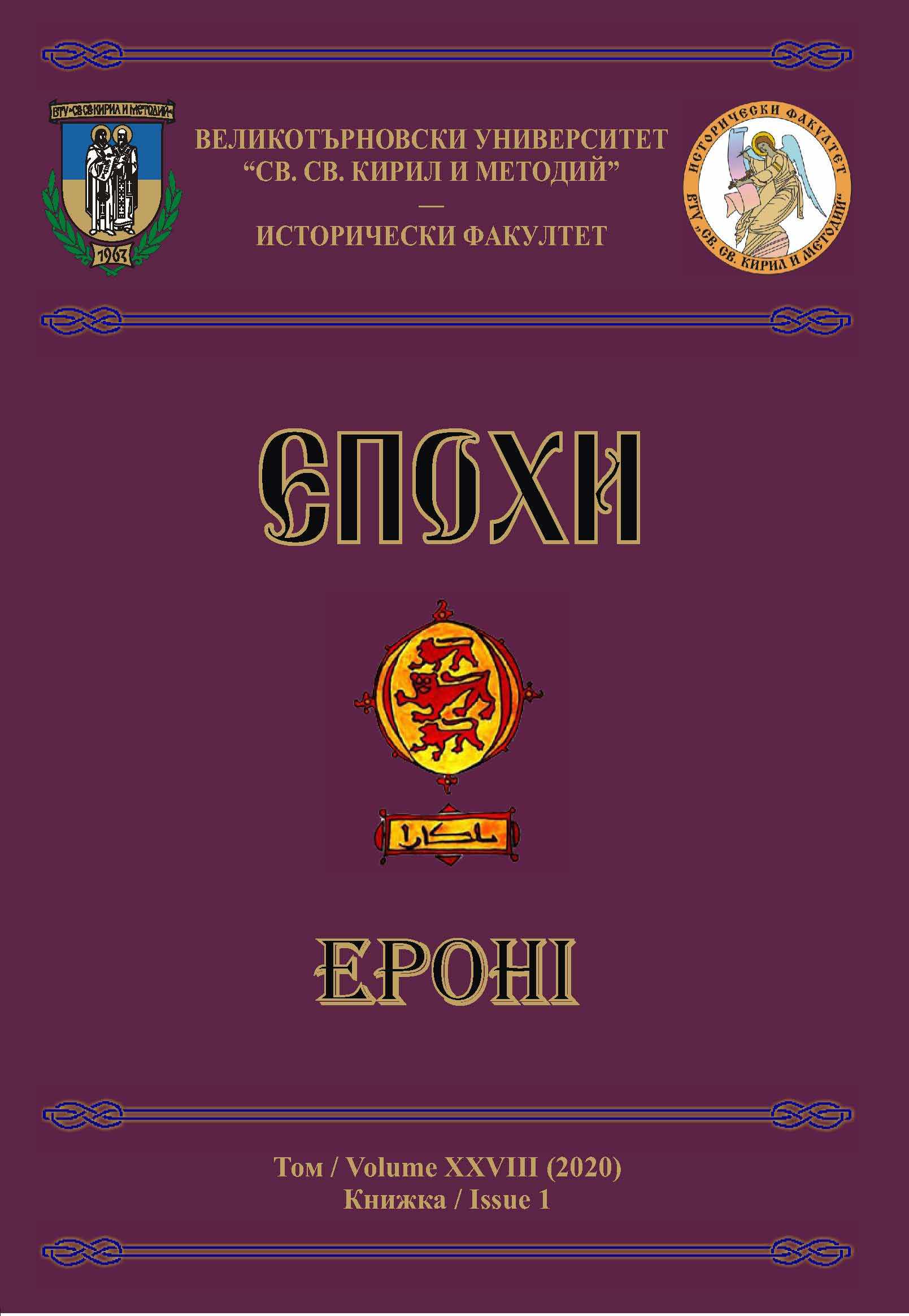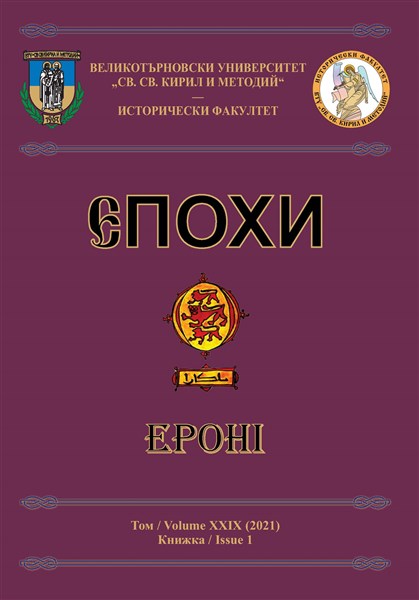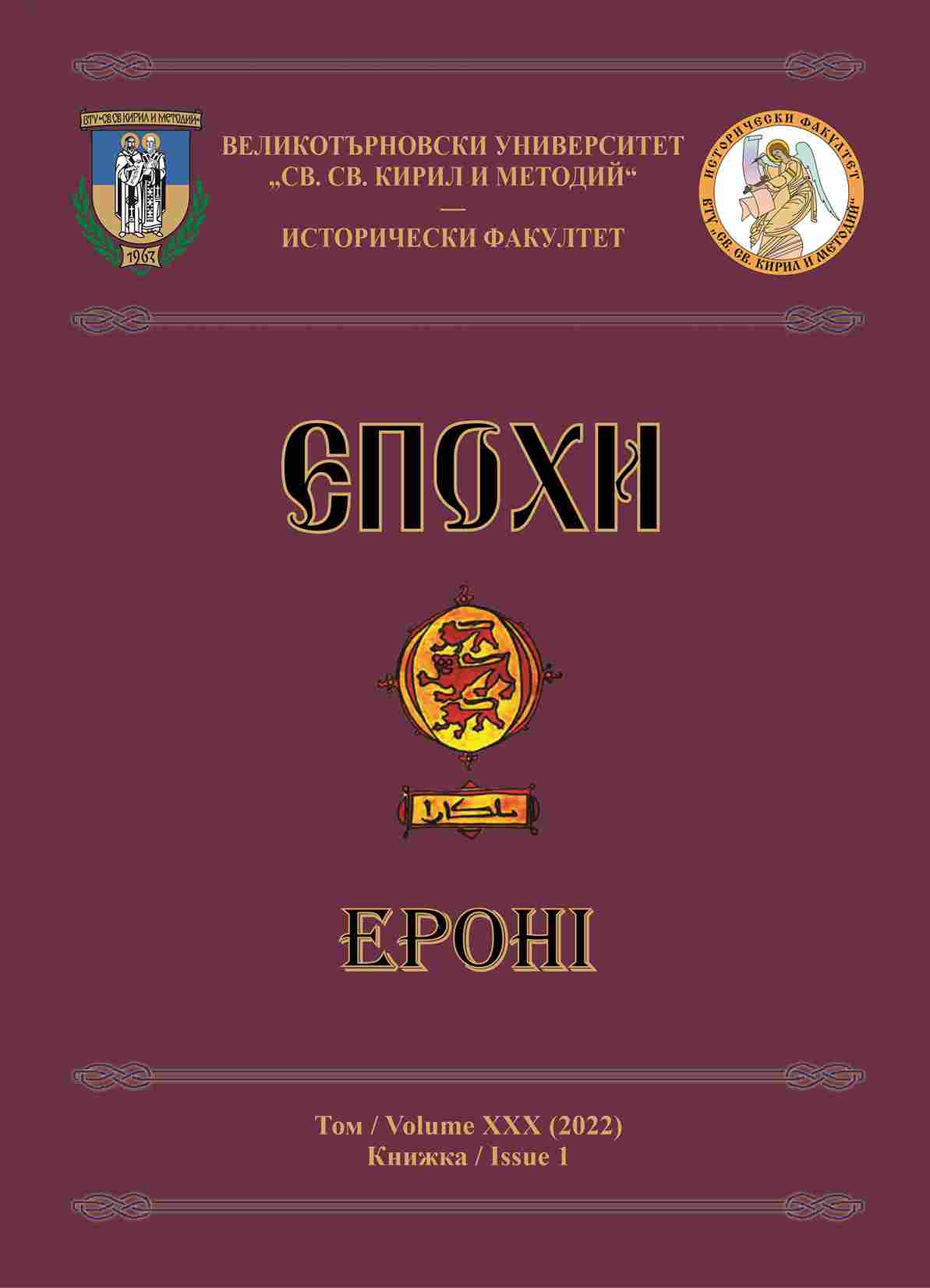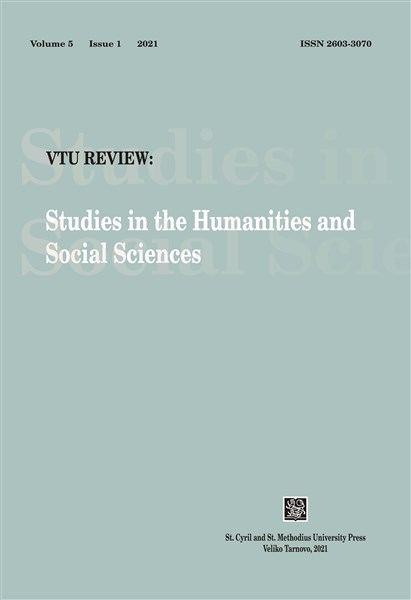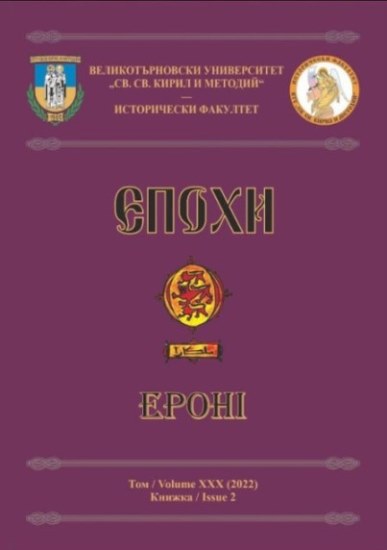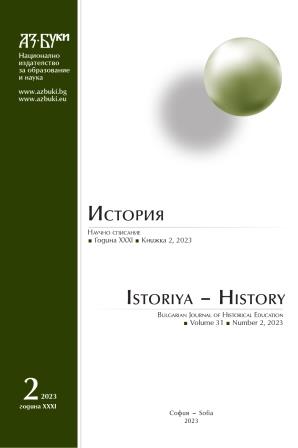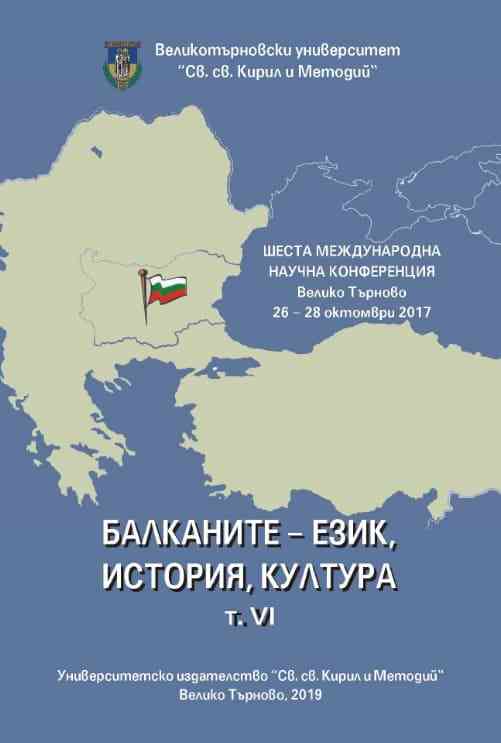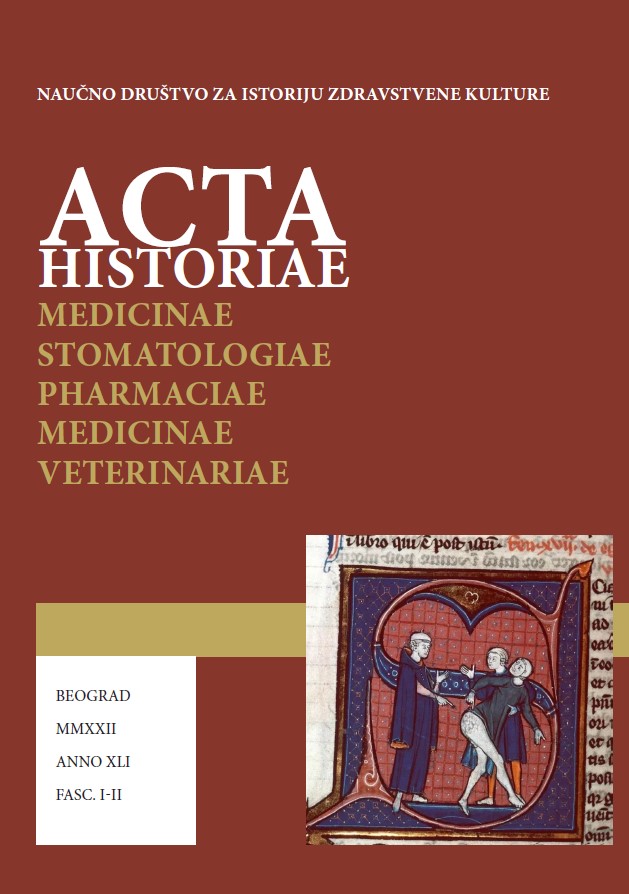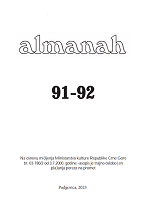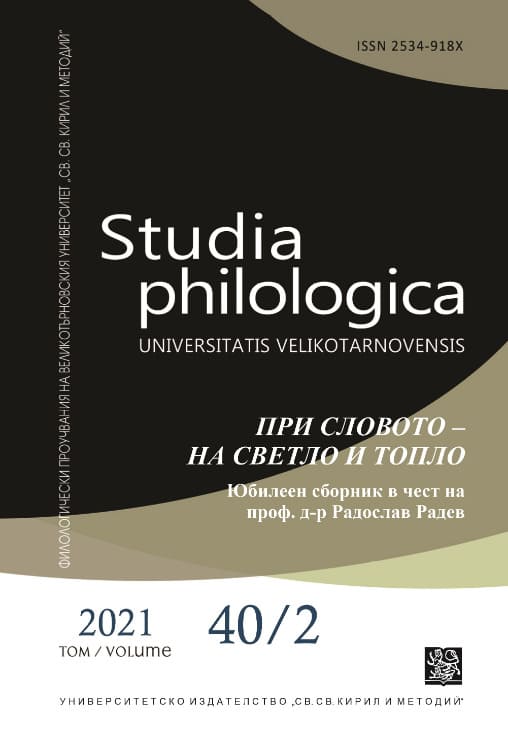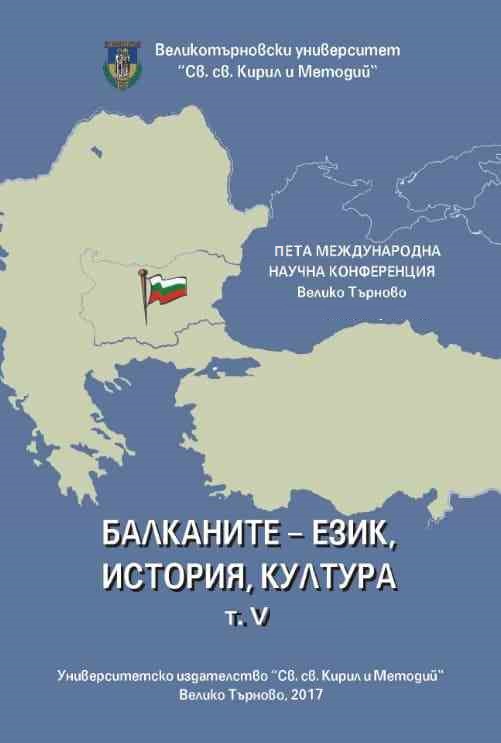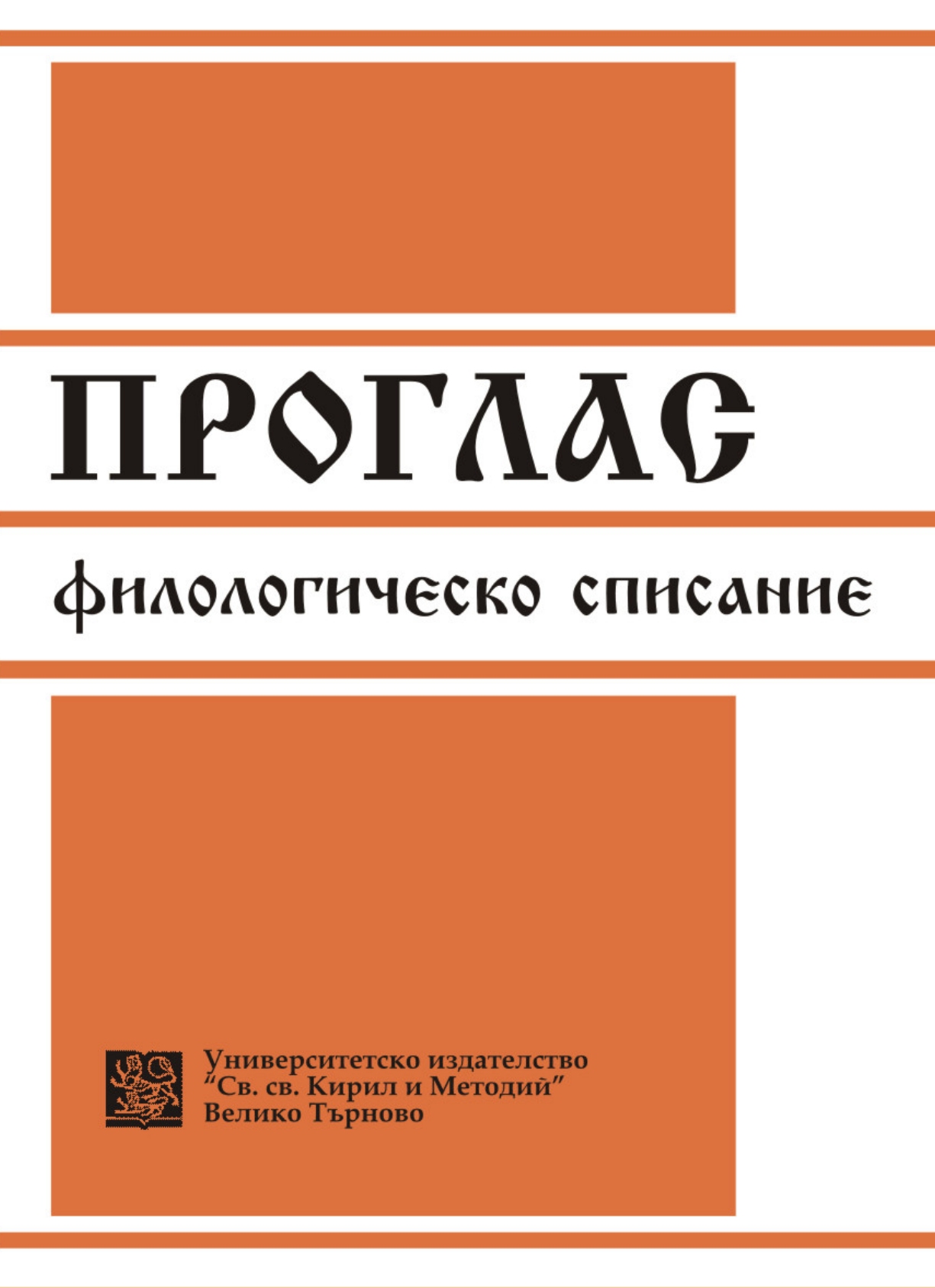
Две непознати илюстрации от Хенрик Дембицки с българска тематика
The paper reveals and analyses two illustrations by the Polish painter Henryk Dêbicki (1830–1906) on the Serbo-Bulgarian War, published in the popular Warsaw newspaper Tygodnik Ilustrowany in 1885 and 1886 and unknown to Bulgarian scholars. The illustrations prove that Dêbicki, known for his previous cooperation with Bulgarian revolutionary Hristo Botev, continued to work on Bulgaria-related graphics after the country’s liberation in 1878. The author, however, doubts that the illustrator had experienced the war directly and claims that despite being referred to as the paper’s special correspondent, Dêbicki is unlikely to have visited Bulgarian territories.
More...
